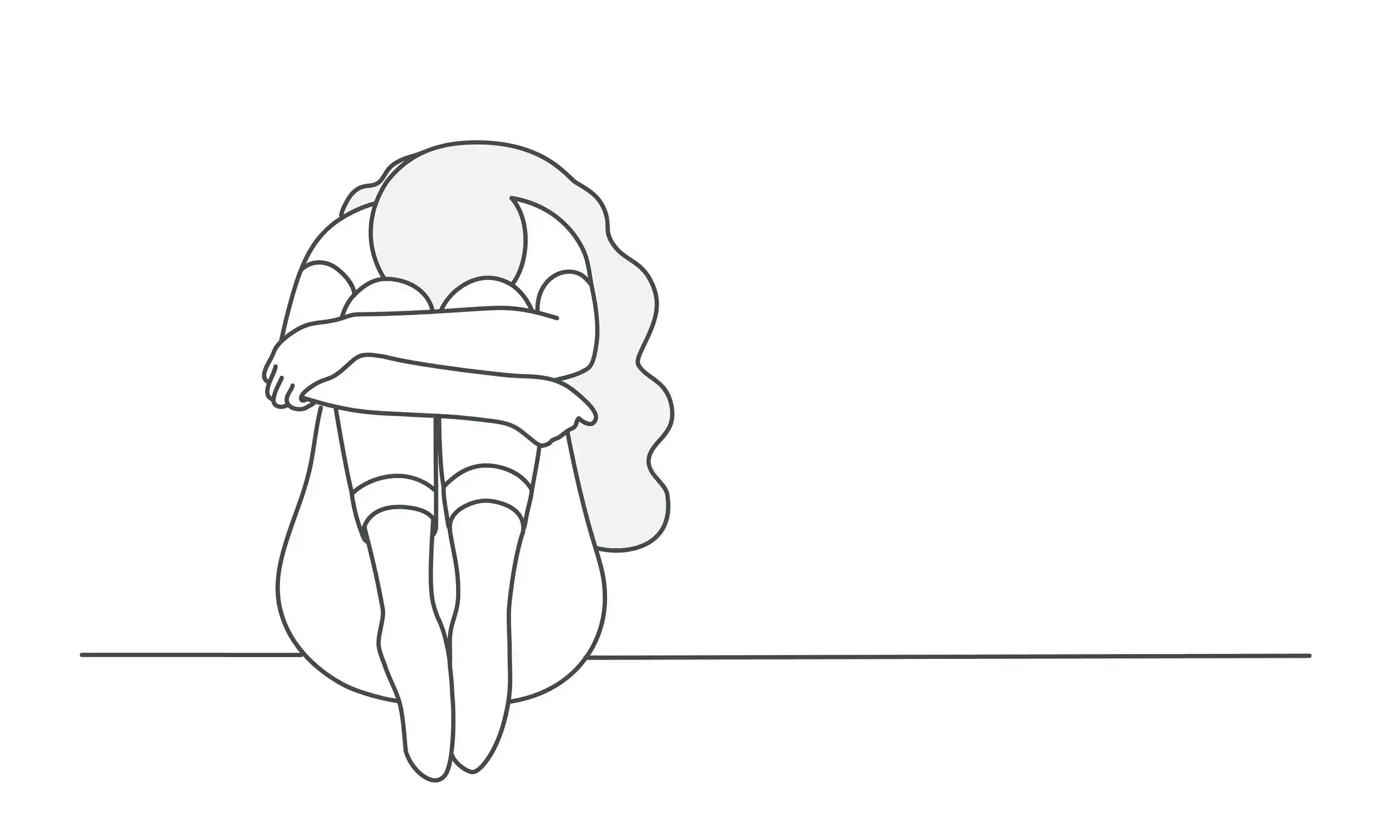Even if melancholic features represent more severe depression, clinicians seem to have developed augmentation and combination strategies to treat this common subtype of disease.
멜랑콜리형 우울증이 더욱 심각한 우울증으로 발현되더라도 의사들은 강화(augmentation) 및 병용(combination) 전략을 발전시켜 온 것으로 보입니다.
Important insights into the melancholic subtype of major depression (as characterized by DSM criteria1) are revealed by a new pan-European study conducted by the long-established European Group for the Study of Resistant Depression and reported at CINP 2021 Virtual by Lucie Bartova (Medical University of Vienna, Austria).
DSM 기준1에서 설명하는 하위 멜랑콜리형 주요 우울 장애에 대한 주요 인사이트는 오랜 역사를 지닌 저항성 우울 장애 연구를 위한 유럽 단체(European Group for the Study of Resistant Depression)에서 연구하고 2021 국제신경정신약물학회에서 루시 바르토바 박사(오스트리아 비엔나 의과대학)가 발표한 범유럽 연구에서 드러납니다.
The cross-sectional survey of 1410 patients, with retrospective assessment of treatment response, shows that melancholic depression is:
환자 1,410명을 대상으로 치료 반응성을 후향 평가한 단면 조사를 통해 멜랑콜리형 우울증에 대한 다음과 같은 사실을 알 수 있습니다:
- found in 60.7% of patients with major depressive disorder (MDD)
- 주요 우울 장애를 앓고 있는 환자의 60.7%에서 멜랑콜리형 우울증이 나타납니다.
- associated with a significantly greater likelihood of unemployment
- 멜랑콜리형 우울증을 앓고 있을 경우 실업 확률이 상대적으로 상당히 높습니다.
- more severe than non-melancholic MDD and more likely to lead to inpatient treatment, and
- 멜랑콜리형 우울증은 비멜랑콜리형 주요 우울증보다 심각하며,
- associated with psychotic features and suicide risk.
- 멜랑콜리형 우울증은 정신병적 특징 및 자살 위험과 연관이 있습니다.
Treatment outcome was similar for melancholic and non-melancholic patients
멜랑콜리형 우울증과 비멜랑콜리형 우울증 환자들의 치료 성과는 유사했습니다.
Adjunctive treatment used in 39%
39%의 케이스에서 adjunctive treatment를 사용했습니다.
People with melancholic depression were more likely than those with non-melancholic features to have received adjunctive therapy (39% vs 14%). Thirty-three percent had had an adjunctive antipsychotic, compared with only 14% of non-melancholic patients.
멜랑콜리형 우울증 환자는 비멜랑콜리형 우울증 환자보다 adjunctive treatment를 받을 가능성이 더 높았습니다(39% vs 14%). 비멜랑콜리형 우울증 환자가 부가적으로(adjunctive) 항정신병 약물을 복용하는 비율이 단 14%인 것에 비해, 멜랑콜리형 우울증 환자의 비율은 33%였습니다.
The difference in use of adjunctive medication in melancholic patients was greatest for benzodiazepines (40% vs 22%) and least for mood stabilizers (13% vs 9%).
보조 약물 중에서도 벤조디아제핀 복용률 차이가 가장 컸으며(40% vs 22%), 기분 안정제의 경우 복용률 차이가 가장 적었습니다(13% vs 9%).
Dr Bartova was inclined to view the greater use of augmentation or combination strategies in melancholic patients as related to their more severe condition. If so, the strategy seems to work since outcomes in melancholic and non-melancholic patients were very similar.
바르토바 박사는 멜랑콜리형 우울증 환자에게 강화 및 병용 전략을 더 많이 사용하는 것이 환자들의 심각한 상태와 관련이 있다고 봤습니다. 만약 그렇다면 멜랑콜리형 우울증 환자와 비멜랑콜리형 우울증 환자의 치료 성과가 매우 유사했으므로 전략이 효과적이었다고 볼 수 있습니다.
Outcomes in melancholic and non-melancholic patients were very similar
두 환자군의 치료 성과는 매우 유사했습니다.
Response rates almost identical
반응률은 거의 동일했습니다.
Response was judged to have occurred in 25% of the melancholic subtype and 24% of non-melancholic patients. Around 40% of both groups were regarded as treatment resistant.
반응률의 경우 멜랑콜리형 환자군에서는 25%, 비멜랑콜리형 환자군에서는 24%인 것으로 나타났습니다. 두 환자군의 약 40%가 치료 저항성을 보이는 것으로 판단되었습니다.
Melancholic features represent a subtype of MDD characterized by features such as anhedonia and emotional blunting, agitation or retardation, guilt, early waking and weight gain, and the subtype is commonly thought of as biologically determined. But much remained to be known about its prevalence in real world populations and its responsiveness to therapy.
멜랑콜리형 우울증은 무쾌감증, 정서적 둔마, 불안 또는 지체, 죄책감, 조기 기상 및 체중 증가 등을 보이는 하위 유형의 주요 우울 장애를 나타내며, 대개 생물학적으로 결정되는 것으로 간주됩니다. 하지만 전세계 인구를 대상으로 했을 때의 유병률과 치료 반응성은 여전히 밝혀지지 않았습니다.
Previous studies had suggested that melancholic MDD, when compared with non-melancholic patients, is less likely to respond to SSRIs, more likely to respond to ECT, and less likely to respond to psychotherapy. Treatment response in general is faster, and the placebo response in clinical trials is relatively low.
이전 연구에 따르면 멜랑콜리형 주요 우울 장애는 비멜랑콜리형 우울증 대비 SSRI 약물과 심리치료에 대한 반응률이 낮고 ECT에 대한 반응률이 높습니다. 일반적으로 치료에 대한 반응이 빠르게 나타나는 편이며 임상 시험에서의 플라시보 반응은 상대적으로 낮습니다.
Our correspondent’s highlights from the symposium are meant as a fair representation of the scientific content presented. The views and opinions expressed on this page do not necessarily reflect those of Lundbeck.




